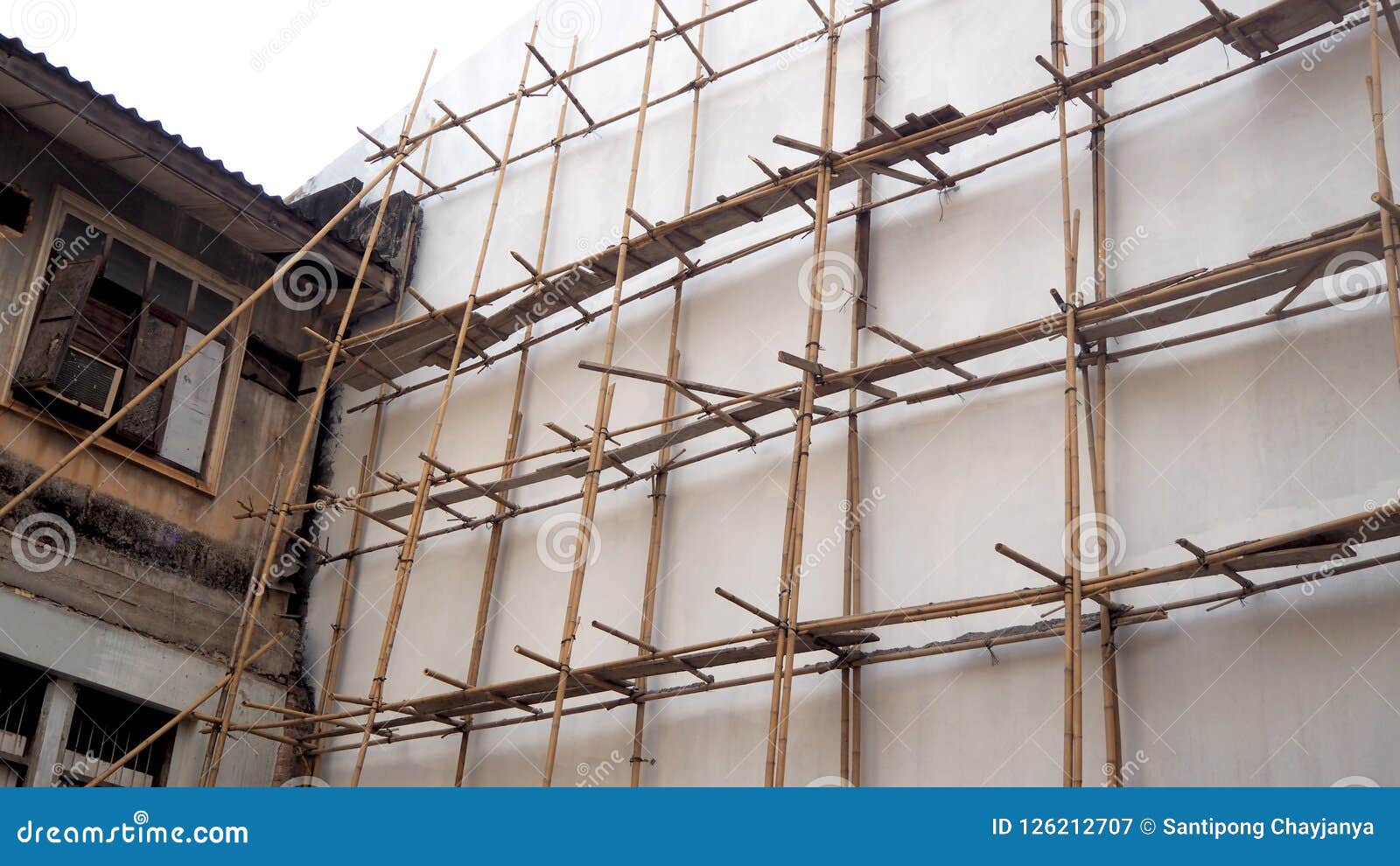

The hollowness of the bamboo pole makes it difficult to break.Bamboo takes about four years to grow to the right size for scaffold use.In case you have any intentions to incorporate the use of bamboo scaffolds, then there are some tips you need to know about bamboo scaffolding. The design of the scaffold and how it was constructed also have a big impact on its strength. However, bamboo scaffolding is not as strong as steel scaffolding when you put general numbers into consideration. Bamboo scaffolding vs steelĭepending on the type of bamboo and the type of steel considered, it can be stronger than steel. In comparison to this, unreinforced concrete averages to a tensile strength of 5N/mm2 and a compression strength of 25Mpa.

Structural steel has a tensile strength of 400N/mm2. Generally, steel ranges when it comes to its tensile strength. Variations in the tensile strength of bamboo go from 100N/mm2 up to 200N/mm2. Steel has a compression strength of 250N/mm2. Is bamboo stronger than steelīamboo is not stronger than steel. A major issue that makes specifying the strength of the bamboo complicated is the huge variations. For safety, experienced craftsmen are the ones to tie the structure together. Some bamboo types like Gigantochloa Apus and Spring Bamboo have a compression strength of 20N/mm whereas others like Phyllostachys Edulis and Moso Bamboo have a compression strength of up to 100N/mm2.Īside from being a temporary structure, a bamboo scaffold is quite strong. How strong is bambooīamboo normally has a compression strength of 40-80 N/mm2. Although it is uncommon in the UK, it is significantly popular in some Asian countries. Bamboo scaffolding may be used when working with small structures as well as megastructures up to 60 stories tall. Unlike the other more common forms of scaffolding, bamboo scaffolding involves only the use of bamboo and nylon straps for tying the bamboo together. Bamboo scaffolding is a temporary bamboo structure that is commonly used in the construction industry.


 0 kommentar(er)
0 kommentar(er)
